Dinosaur Hormones Fossil Search Underway

Scientists have found a new reason to take a closer look at fossils today. Work done by paleontologist Evan Saitta and his team of researchers is looking into how scientists can use dinosaur hormones to tell the sex of a particular set of fossils discovered.
Fossils Don’t Reveal Sex Of Dinosaurs

Though you may have seen a dinosaur skeleton in a museum with a presumably “male” or “female” name, it is not yet known how to reliably reveal the sex of a given set of fossils.
Saitta and his team believe that accessing specific dinosaur hormones in fossils could be the link to solving the mystery.
But first, Saitta had to know if dinosaur sex hormones like estrogen and testosterone would even make it through the process of fossilization, much less millions of years in the Earth’s soil.
This is where his research began. Understanding more about the sex of various dinosaur skeletons could lend a major hand to the advancement of evolutionary research on the animals.
Can Hormones Survive Fossilization
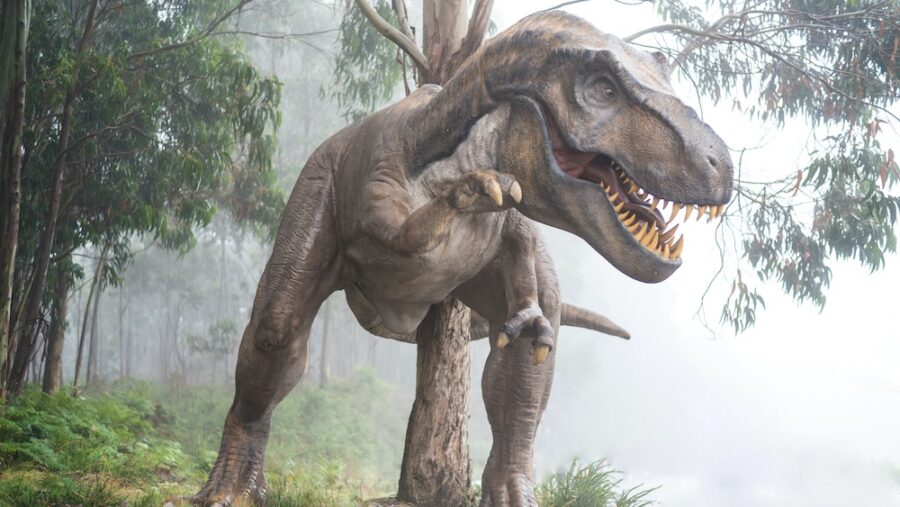
Saitta’s initial research showed that sex hormones, in fact, could survive the process of fossilization in trace amounts. As a postdoctoral student at the University of Chicago, Evan Saitta has been digging into the possibility of discovering dinosaur sex hormones in fossils for more than five years.
When he came across several papers that centered on the topic of cholesterol in fossils. Cholesterol is a type of steroid from which sex hormones are biosynthesized.
Is There A Solution?
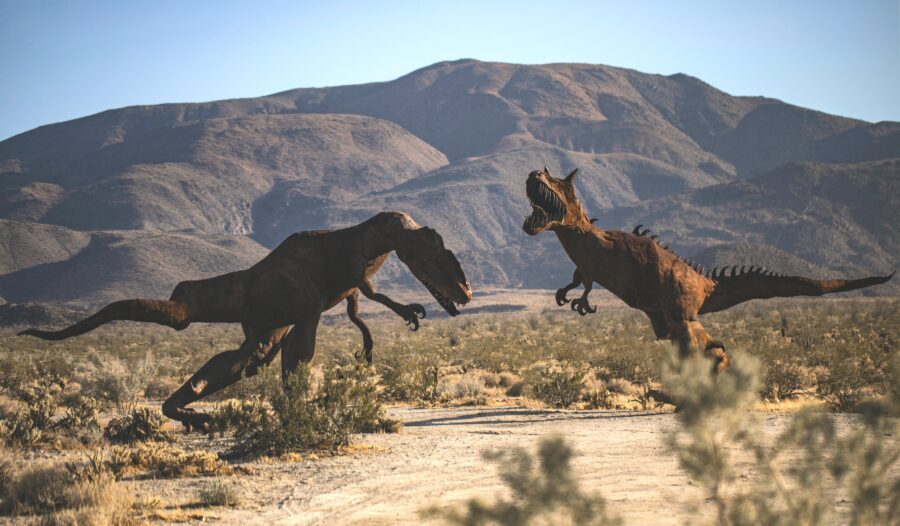
If cholesterol could make it through the process of fossilization and 720 million years in the ground, then maybe dinosaur sex hormones like estrogen and testosterone could as well.
The issue is that cholesterol is found in every cell membrane of your body, but dinosaur hormones like estrogen and testosterone are mostly concentrated in the gonads, which don’t fossilize.
Need A Large Enough Sample
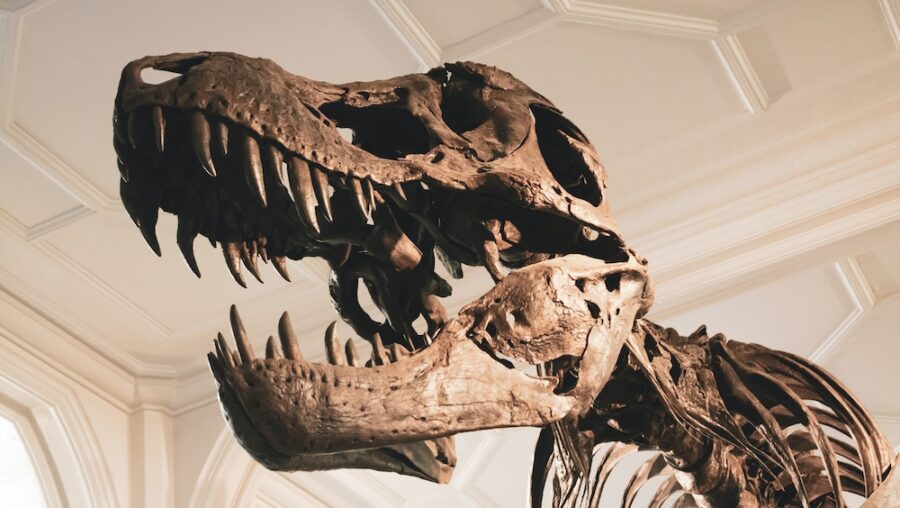
Sex hormones also travel within the bloodstream of an animal, but the bloodstream doesn’t fossilize either. The hope is that residual traces of dinosaur hormones like estrogen would be detectable if a large enough fossil was sampled.
To better understand just what they were looking to find in these dinosaur fossils, Saitta and his team used a powdered extract called estradiol (pure estrogen).
They put the substance through a simulation of fossilization, replicating the heat and pressure that typically takes millions of years to transform bones into the fossils we see today.
Estrogen Fingerprints
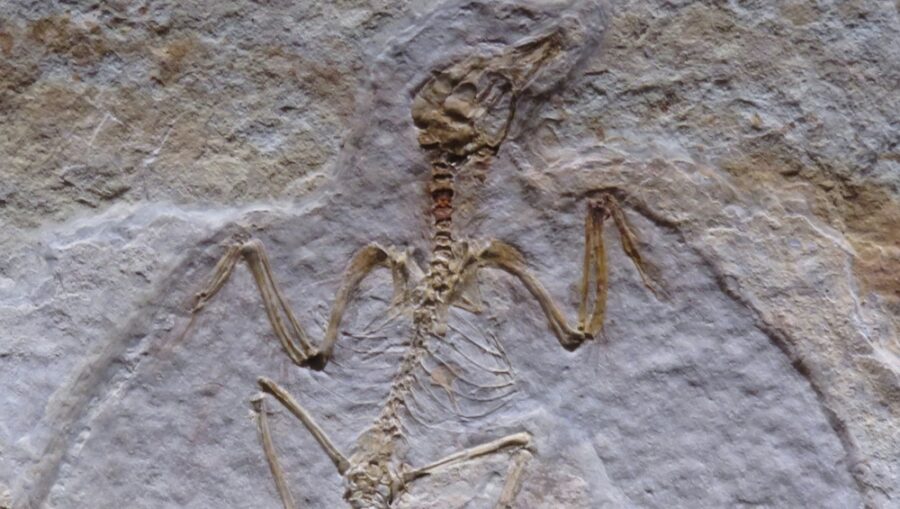
The estradiol Siatta used in his experiment (which was similar to the dinosaur hormones they hoped to find) did survive the harsh transformation.
When they put what was left through a stringent chemical separation process, they were provided with a proverbial “road map” on how to identify potential estrogen “fingerprints”.
Siatta and his team didn’t jump straight from there to testing for dinosaur hormones. They started with more modern animals like hawks and geese. When their experiments showed that the same estrogen fingerprint was present in these bones, they moved on to testing dinosaur fossils.
Still Hit Or Miss
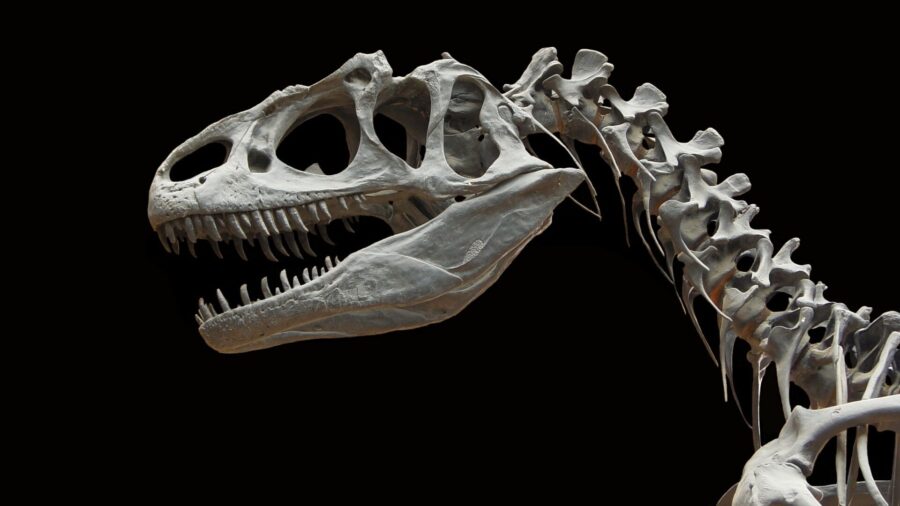
With their research on the dinosaur fossils being a little hit or miss on hormone detection, Saitta still sees his experiments as a huge success. The work he and his team are doing has shown proof of his concept.
We now know that estrogen is a stable compound. We know that it is detectable in bone and not just the sex organs. Not only is it detectable, dinosaur sex hormones are detectable and able to be separated from the surrounding sediment and soil.
Source: Gizmodo












